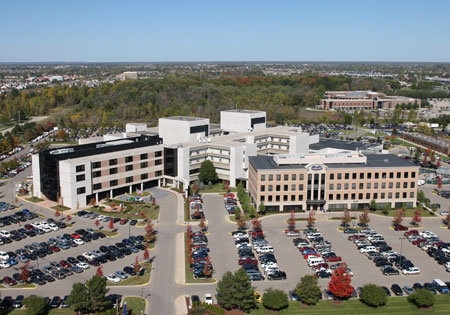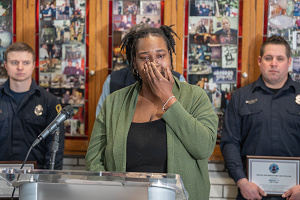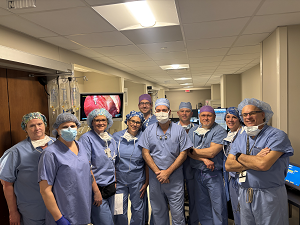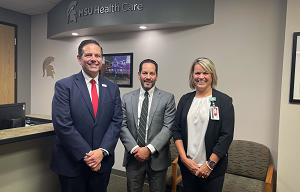Analysis: Patients in Major Prostate Cancer Study Older, Sicker Than Average Patient Population
DETROIT – Researchers at Henry Ford Hospital compared the patient population of a major U.S. prostate cancer study with patients found in three U.S. cancer databases, ultimately finding the patients of the study to be inconsistent with the average prostate cancer patient. The researchers found the patients of the Prostate Cancer Intervention versus Observation Trial (PIVOT) to be between three and eight times more likely to die than real-world patients.
The patient population of the PIVOT study included 731 men with low-, intermediate-, and high-risk prostate cancer. The men in the PIVOT study had an average age of 67 at diagnosis, and the overall mortality was 64 percent over 12.7 years. The PIVOT study found that there was almost no difference in the overall mortality between patients undergoing surgical treatment for prostate cancer and those who opted for observation instead of surgery.
Researchers at Henry Ford Hospital compared the patients of the PIVOT study with:
- 60,089 men from the Surveillance, Epidemiology, and End Results (SEER; population-based registry) between 2000-2004.
- 63,303 men from the National Cancer Database (NCDB; hospital-based registry) from 2004-2005.
- 2,847 men diagnosed with prostate cancer in the Prostate, Lung, Colorectal and
Ovarian cancer (PLCO) trial between 1993 and 2001.
The analysis revealed patients in the databases to have a mortality of between eight and 23 percent over a similar timeframe (7.5-12.3 years), which was lower than the 64 percent reported by the PIVOT study. Additionally, patients in the three databases had an average age of 65.8 (PLCO), 61.3 (SEER) and 60.2 years (NCDB) at diagnosis, which was lower than the average age of 67 years among patients of the PIVOT study.
"Our work shows that the PIVOT trial used a sample of patients who were not representative of the real population affected by prostate cancer. They were both older and sicker than we would have expected,” said Firas Abdollah, M.D., FEBU, senior urology fellow at Henry Ford Hospital’s Vattikuti Urology Institute and lead author of the new study.
“We don't have the data to say what comparing like for like would give us, although I think everyone would be surprised if it didn't tip the survival data more towards surgical intervention. What this really means is that we need to wait until a definitive study can show the relative benefits of intervention versus observation."
###
MEDIA CONTACT
Jeff Adkins
(586) 307-2027
.svg?iar=0&hash=F6049510E33E4E6D8196C26CCC0A64A4)

/hfh-logo-main--white.svg?iar=0&hash=ED491CBFADFB7670FAE94559C98D7798)









